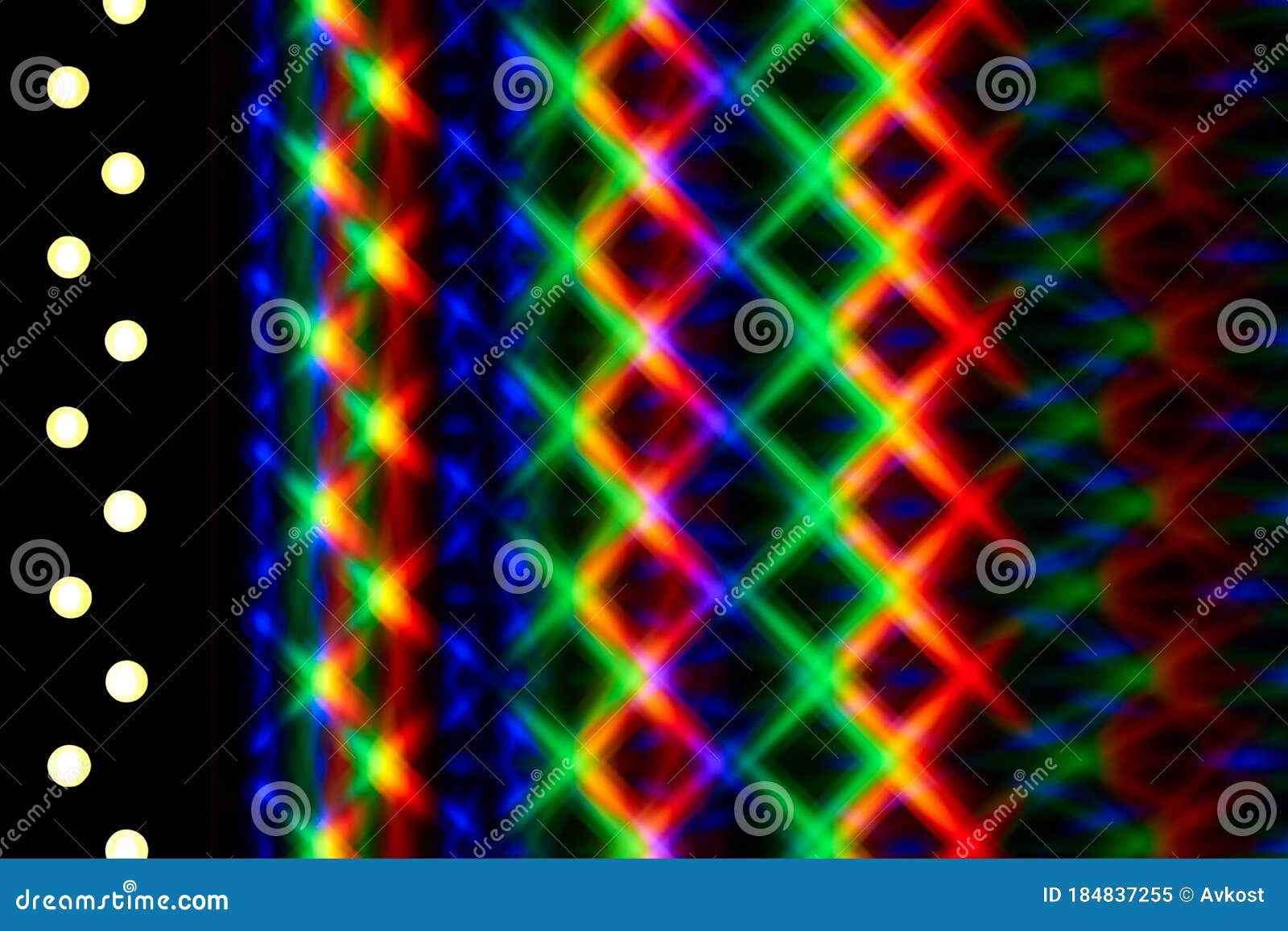

Random (rather than periodic) irregularities in groove placement leads to a faint background between orders, rather than sharp ghosts this background was observed with green Hg light in early days and therefore called grass.Both Rowland and Lyman ghosts follow the grating equation, but for spatial frequencies other than 1/d. Ghosts that are close to and symmetric about the parent diffracted line are called Rowland ghosts, due to longer-term periodicities (much larger than the groove spacing), whereas Lyman ghosts are farther from the parent line and are caused by short-term periodicities (on the order of the groove spacing). Until the recent advent of interferometric control of ruling engines, mechanically ruled gratings exhibited prominent secondary spectra, called ghosts, due to slight deviations in the placement of its grooves compared with their ideal locations.The presence of spatial frequencies in the groove pattern other than the that of the groove spacing d will give rise to constructive interference of the diffracted light at angles that do not follow the grating equation (1) for the nominal groove spacing d, but for a different spacing d' ≠ d. Irregularities in the position of the grooves.This is evident upon inspecting a grating under a bright light: dust, scratches, pinholes &c are easily visible and bright when looked at from many different angles (hence the diffuse nature of their scattered light). Each speck of dust, tiny scratch, and pinhole void in the surface of a reflection grating will serve as a "scatter center" and cause diffuse scatter. Dust, scratches & pinholes on the surface of the grating.Moreover, the addition of a reflective coating may contribute to the surface roughness due to the coating’s granular structure. Surface roughness is due in part to the surface quality of the master grating, either ruled or holographic, since the metal coating of a ruled master, and the photoresist coating of a holographic master, are not perfectly smooth. A grating surface that is rough on the scale of the incident wavelength (or somewhat smaller) will cause a small portion of the incident light to be scattered diffusely (i.e., into all directions) with intensity that varies approximately with the inverse fourth power of the wavelength. Surface irregularities in the grating coating.Light can be scattered by a diffraction grating due to a number of causes.

This is analogous to the concept of scattered light for a mirror, which is the light leaving its surface that does not follow the law of reflection. Scattered light is defined as light leaving the surface of a diffraction grating that does not follow the grating equation for the nominal groove spacing, Consider a diffraction grating consisting of a pattern of grooves whose nominal spacing is d.


 0 kommentar(er)
0 kommentar(er)
